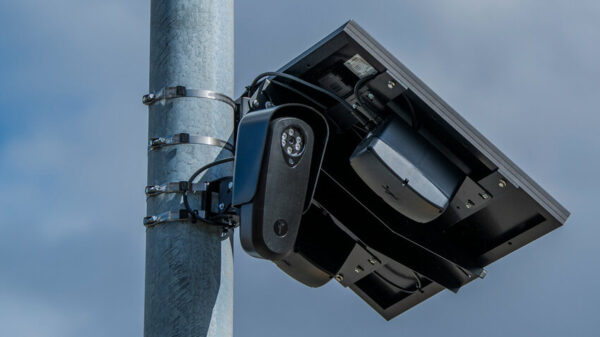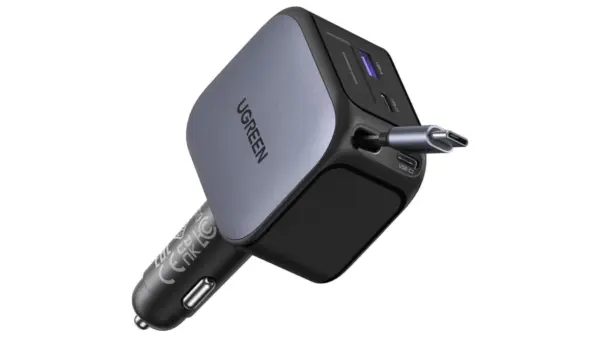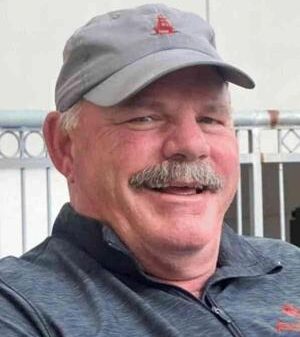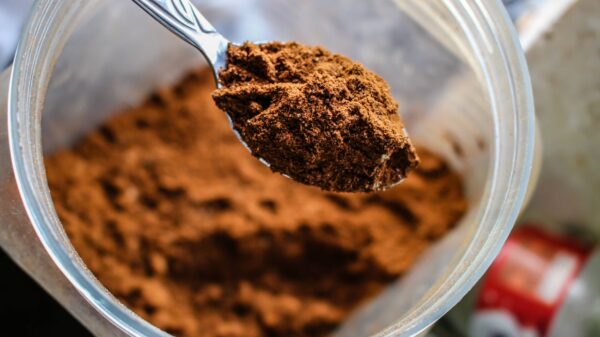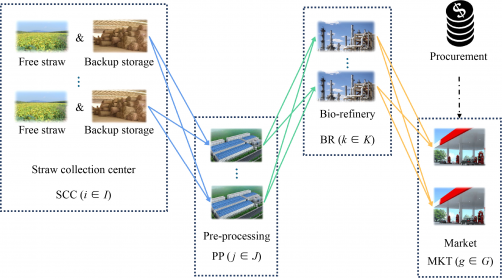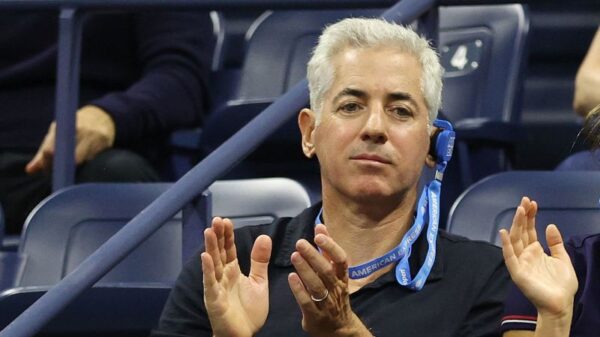SEATTLE — The latest buzz in Major League Baseball is the so-called “torpedo” bat, a piece of equipment that has stirred both curiosity and indifference among the Detroit Tigers. While the science behind the bat is advanced, the concept itself is not entirely new. Bobby Scales, a Tigers analyst for radio broadcasts, recalls having a similar bat stored in his garage, dating back to 2008 during his time with the Chicago Cubs.
The innovation lies in how Aaron Leanhardt, a former MIT physicist and University of Michigan professor now coaching in the Yankees’ minor league system, has harnessed modern analytics and biomechanics to customize these bats for individual hitters. This approach has caught the attention of the baseball world, especially after the New York Yankees hit 15 home runs in three games using these bats, leading to a viral story.
Inside the Tigers’ clubhouse, reactions vary. Some players are intrigued, while others remain indifferent. “Hey, if they keep hitting like that, I will definitely use one,” quipped Spencer Torkelson. “Nah. I feel good with my bat right now.” Meanwhile, a few players have ordered the bats to test them out, though it remains more of a curiosity than a necessity.
The Science and Strategy Behind the “Torpedo” Bat
What sets the “torpedo” bat apart is its tailored design, which uses analytics to enhance a player’s natural swing. By focusing on exit velocities, barrel rates, and other metrics, the bats are crafted to optimize performance. Riley Greene, a Tigers outfielder, expressed interest in the concept, acknowledging the legality and intelligence behind using analytics to aid players. “I haven’t ordered one. Will I? I don’t know,” he said.
Players across the league are experimenting with the bat, not just those on the Yankees. However, notable figures like Aaron Judge have opted out, sticking with what has worked for them in the past. “What I did the past couple of seasons speaks for itself,” Judge remarked, emphasizing the importance of consistency.
Historical Context and Industry Reactions
The idea of customizing bats is not new. As Ryan Kreidler, the Tigers’ center fielder, noted, bat companies have long tailored equipment to fit a player’s unique specifications. “I’m intrigued. I think it’s very personal,” Kreidler said. He compared it to the variety of golf equipment available, which not every golfer uses. The use of modern technology to refine these customizations is what appeals to him.
Kreidler is open to trying the “torpedo” bat, seeing no downside to experimenting with new tools. “I’ll definitely think about getting one,” he added, highlighting the ongoing evolution in sports equipment.
Other Developments: Jobe’s Balk Warning and Pitch Tipping Concerns
In other news, Tigers’ rookie Jackson Jobe received a warning from home plate umpire Dan Iassogna about his pick-off move, which was close to a balk. “He said I need to step closer to first base when I was picking off,” Jobe explained. Manager AJ Hinch appreciated the umpire’s feedback, noting the importance of player-umpire relationships.
Meanwhile, Mariners’ analyst Ryan Rowland-Smith suggested Jobe might have been tipping pitches, showing side-by-side shots of Jobe’s glove positioning. Although the Mariners managed only three hits off Jobe, two were home runs. Hinch remained non-committal on the issue, stating, “If it’s something that needs to be addressed, we will.”
Strategic Lineup Decisions: Where’s Javier Báez?
Javier Báez, who notched his 1,100th career hit recently, was absent from the lineup against Mariners’ right-handed starter Logan Gilbert. Gilbert’s impressive stats against right-handers led Hinch to opt for left-handed hitters Trey Sweeney and Zach McKinstry instead. Gilbert’s record includes a .182/.221/.330 slash-line against right-handers last season, making him a formidable opponent.
As the Tigers continue to navigate these developments, the “torpedo” bat remains a topic of intrigue and speculation, reflecting the ongoing interplay between tradition and innovation in baseball.














